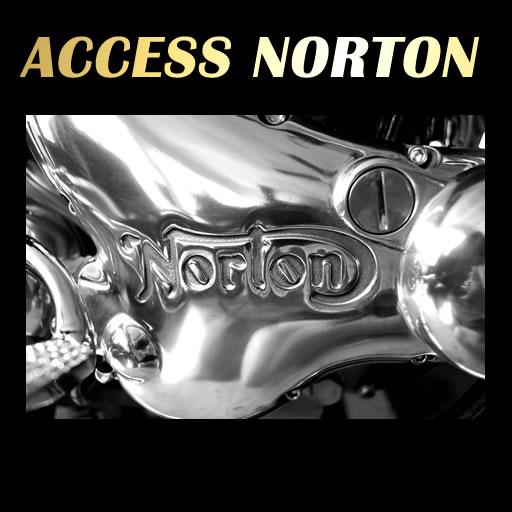- Joined
- Nov 26, 2009
- Messages
- 3,260
There have been some test comparisons between the two suggesting that Helicoils are approx 5%(?) stronger and I’ve always wondered why. So I compared the diameter of a 3/8”-16 Timesert to a Helicoil and got my answer. The OD of the timesert is .446” and the OD of the Helicoil is .464” Thats a 4% increase in diameter and thats where the extra strength comes from.
A 3/8”-16 big sert with a .552” OD is 18% bigger in diameter than the Helicoil so theoretically its much stronger that the Helicoil.
But you don’t want to remove more metal than you have to and for that reason you might want to use the Timesert. See the photo below of an engine case with timeserts to avoid pulling out threads with a high output race engine (as recommended by Ron Wood who’s 750 short stroke suffered this problem at 8000RPM). You can see that there is very little aluminum around the bolt hole and in this case you definitely want to use the timesert instead of a Helicoil.
The big sert is available when you’ve stripped out a regular size timesert or helicoil. Helicoils can come loose and unwind but Timeserts lock in place and rarely seem to fail – Ron Woods motor being a good example. More objective tests need to be made but it seems obvious that the bigger the OD the stronger. But most people will want to take out as little alum as possible and leave room for later repair. The Timesert requires less aluminum removal than the Helicoil. Helicoils are cheaper and more popular - but personally I prefer the professional look of the timeserts and also because I have had the helicoils unscrew on me.

A 3/8”-16 big sert with a .552” OD is 18% bigger in diameter than the Helicoil so theoretically its much stronger that the Helicoil.
But you don’t want to remove more metal than you have to and for that reason you might want to use the Timesert. See the photo below of an engine case with timeserts to avoid pulling out threads with a high output race engine (as recommended by Ron Wood who’s 750 short stroke suffered this problem at 8000RPM). You can see that there is very little aluminum around the bolt hole and in this case you definitely want to use the timesert instead of a Helicoil.
The big sert is available when you’ve stripped out a regular size timesert or helicoil. Helicoils can come loose and unwind but Timeserts lock in place and rarely seem to fail – Ron Woods motor being a good example. More objective tests need to be made but it seems obvious that the bigger the OD the stronger. But most people will want to take out as little alum as possible and leave room for later repair. The Timesert requires less aluminum removal than the Helicoil. Helicoils are cheaper and more popular - but personally I prefer the professional look of the timeserts and also because I have had the helicoils unscrew on me.
Last edited:

